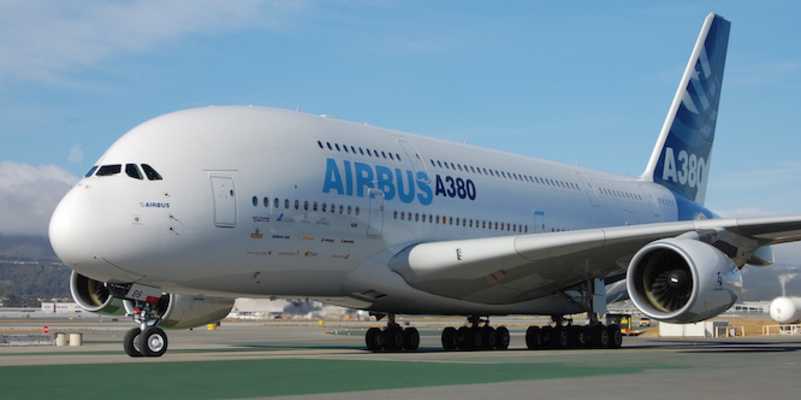Every single one of us has all travelled on an aeroplane. Some of us have just taken many shorts trips while others of us have been lucky enough to travel overseas. However, have you ever stood back and thought about how these birds of the skies work? How effortlessly they are able to take off and land, without its passengers knowing that anything is actually happening?
Well, aeroplanes do this thanks to the work of jet engines.
The Basic Mechanics Of A Jet Engine
A jet engine moves an aeroplane forward using great force that is produced by a tremendous trust. The jet engine sucks in air at the front (typically 1.2 tonnes per second) with the use of a fan while a compressor (that is made of many blades that are attached to a shaft) raises the pressure of this air. The blades are spinning at an incredibly high speed and are compressing the air.
This compressed air is then sprayed with fuel and this mixture is then lighted with an electric spark. These burning gases expand and then blast out of the nozzle which is situated at the back of the engine. As these bursts of gas shoot through the engine, the jet engine propels the plane forward.
How Much Fuel Does A Jet Engine Use?
An aeroplane has to carry all of the fuel that it needs for a flight. As the fuel that is needed is directly related to the thrust that the jet engines produce, engineers use an equation called the Thrust Specific Fuel Consumption in order to calculate the engine’s fuel requirements.
So, in order to answer the question of how much fuel a jet engine uses, it really depends on the specific engine. Just like newer, as well as smaller cars, are more fuel-efficient, the smaller and newer planes will be fuel-efficient as well.
That being said, just to give you some idea of the sheer volumes of fuel needed to power a commercial aeroplane, a 747 burns approximately 1 gallon of fuel for every minute that it is in the sky.
Do Jet Engines Have To Run On Fuel?

At the moment, yes. All planes – from the smallest Cessnas or the larger Airbus A380 – need fuel to operate, and once filled you can play the fun Canadian Casino Online games for you on board, while getting from A to B. However, rather than using gasoline, they are powered by kerosene because kerosene has a:
- Lower freezing point
- Lower viscosity
- Lower cost
However, in 2013 it was estimated that carbon dioxide emissions from air travel represented between 2 and 3% of global carbon dioxide emissions. Given the rate of expansion of air travel, technology, and everything in between, this number is sure to have increased exponentially. (Although, it would have dialled back a notch in 2020 thanks to most flights being grounded for a substantial period of time.) To respond to this need for lower emissions, there is a movement to try and find alternative fuel sources, for jet engines, that do not involve the necessity to burn fuel.
